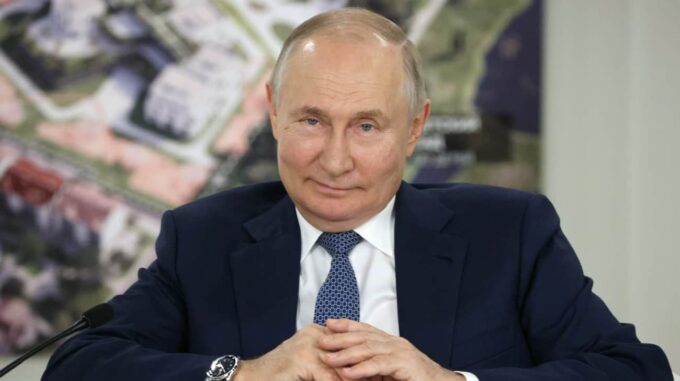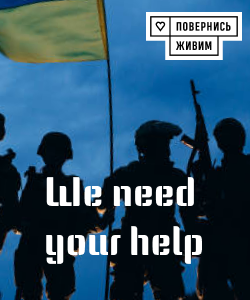Institute for the Study of War (ISW): Russia Prepares to Use Ceasefire for New Preparatory Actions Against Ukraine

According to ISW, the analytical center, a potential agreement to freeze front lines at current positions will not prevent further aggression from the Kremlin. Instead, Moscow may use the period of calm to regroup its forces and pursue ambitions much broader than merely holding the already occupied territories. This is particularly relevant if Western aid, including military assistance to Ukraine, is significantly limited or reduced. Analysts emphasize that any agreement fixing the current front line until Russia gains control over all of Luhansk, Donetsk, Zaporizhzhia, and Kherson regions does not eliminate the Kremlin’s capacity to continue the war and attempt to expand the occupation. Moreover, given the current situation, there is a possibility that Moscow will use any ceasefire — especially one based on limiting Western arms supplies to Ukraine — to better prepare for new offensive operations. "The current front line does not create the strategic depth needed for Ukraine to guarantee security and protection against potential new Russian aggression," ISW underscores. Meanwhile, Russia is intensifying activities of armored units along the entire front line. Observers believe that such actions could indicate the beginning of a long-term campaign to seize the so-called "Fortress Belt" in Donetsk region. This is part of a broader plan to cover as much of eastern and southern Ukraine as possible, expanding control over territories of strategic importance. At the same time, analysts suggest that the Kremlin might temporarily relax demands for the complete occupation of all occupied regions to gain additional concessions from the U.S. Possible compromises include changing the Ukrainian government to a pro-Russian council or significantly reducing the Ukrainian armed forces. Experts believe that Putin and his team may utilize any ceasefire that facilitates freezing the conflict and decreasing military supplies. "We can expect that the Kremlin will use any ceasefire based on limiting Western military aid to rebuild forces and initiate a new phase of offensive operations," the analytical center notes. Key findings and latest news as of April 22 According to information circulated by the Financial Times, Russian President Vladimir Putin is allegedly prepared to agree to end hostilities within current front lines. However, it is important to note that Kremlin officials — including Putin himself — have long affirmed that Moscow has broad territorial claims, particularly over all parts of Luhansk, Donetsk, Zaporizhzhia, and Kherson regions. They do not rule out the possibility of expanding control over occupied territories in the future. Sources in Moscow also report that the Kremlin is increasing use of economic instruments to pressure the U.S. regarding prospects for negotiations with Ukraine. Based on data reviewed by The Moscow Times, Moscow is trying to leverage external economic tools to influence the situation, while sources indicate that Russia shows no genuine interest in direct efforts by the Trump administration to end the war. Since 2022, Moscow has been actively exploring ways to strengthen its negotiating position, but the desire to quickly end the conflict or achieve total victory does not currently seem to be a priority. Regarding the prospects for new agreements, ISW notes that current efforts are aimed at possibly freezing the conflict at existing positions. However, considering the pace of hostilities, such arrangements might only provide a short-term period of relative stability before another active phase of Russian offensive operations. Another important issue is the security situation. Significant focus is placed on drone strike tactics at long distances — Moscow seeks to overcome the effectiveness of Ukrainian mobile defense units by deploying advanced attack means. Additionally, Russia is concerned about a shortage of personnel and has launched a massive recruiting campaign, including among citizens of North Korea, to compensate for workforce deficits in military units. At the same time, Russian forces have increased activity around the Kursk region and in the Toretsk area — indicating plans to advance along strategic directions and prepare for further operations in eastern and southern Ukraine. Overall, the situation around the war in Ukraine remains quite tense and unpredictable. The Kremlin continues to seek strategic advantages and to leverage any opportunity to strengthen its positions. Analysts estimate that in the near future, renewed spikes of activity by Russian forces are likely in response to international diplomatic and military developments.

